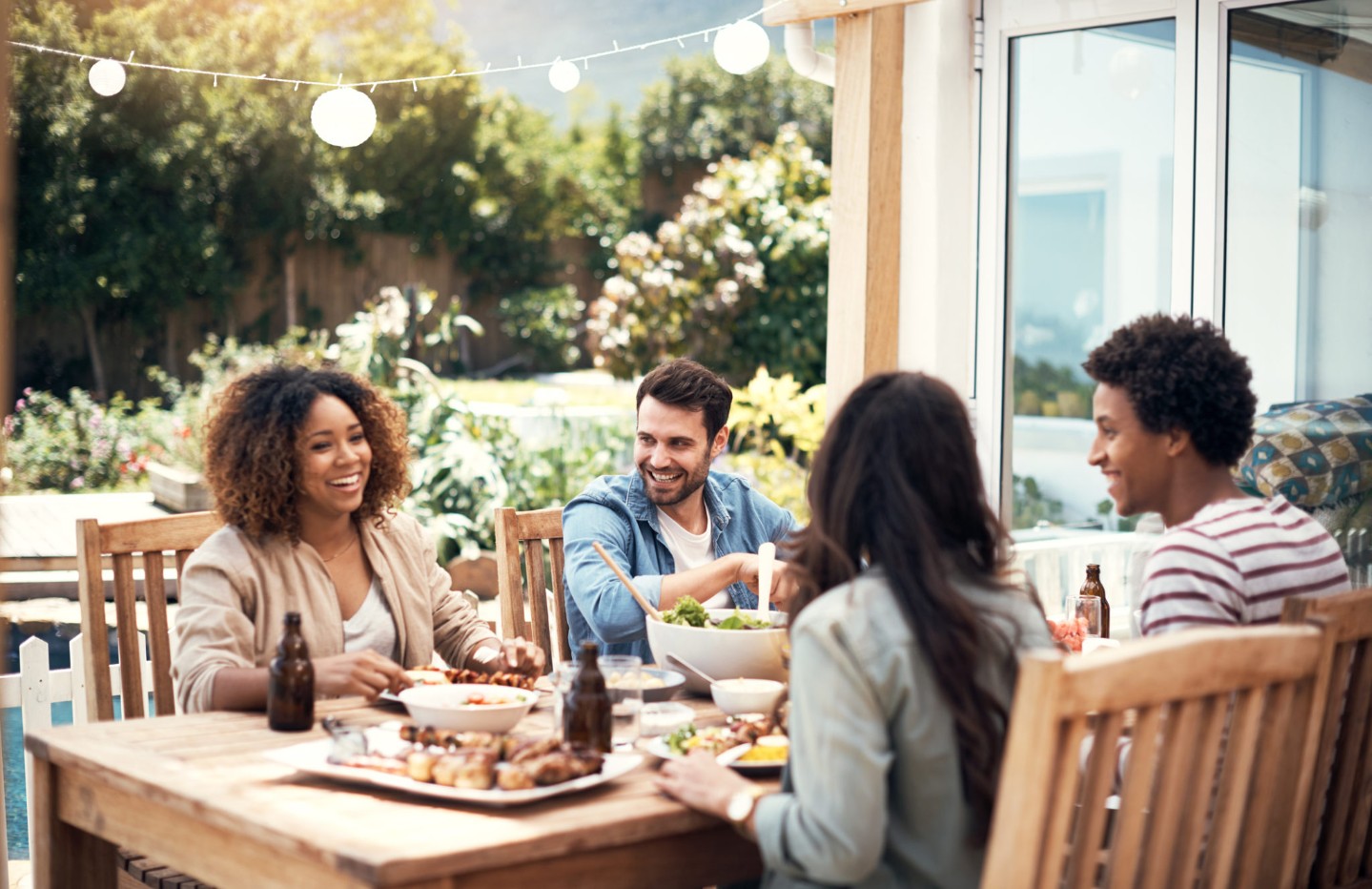Cannabis and Anxiety: A Risky Relationship
JUN 25, 2025Research suggests cannabis can worsen anxiety. Learn about risks, unreliable CBD products, and why honest communication with your doctor is key for mental health.
Read More
Do you ever feel lonely even when you're surrounded by people? Loneliness affects us all at times. It’s more common for some, such as those who live alone or have limited mobility, but we all face it to some extent. Loneliness can be hard to identify, and it’s often mistaken for feeling tired, sad, or simply “off.” It can also be confusing. Even if we realize we’re lonely, we may not know why, especially if we’re in a fulfilling marriage or have a lot of friends.
There are actually three dimensions of loneliness, outlined below, which all need to be filled. First, however, it’s important to recognize what we’re feeling as loneliness. Otherwise, we risk it getting worse and leading to further problems in our lives.
Unchecked loneliness leads to poor health. In fact, loneliness can shorten a life span up to 15 years. It’s been shown to have the same negative health impacts as smoking 15 cigarettes a day or being obese. It can lead to mental health conditions like depression, aggressive behavior, and social anxiety. Loneliness can also lead to physical health conditions like recurrent stroke, cognitive decline, Alzheimer’s Disease, high blood pressure, lowered immunity, and even cancer.
It can hurt our relationships, too. If we feel lonely without knowing why or how to fix it, our loved ones may feel like they aren’t enough. We ourselves might not know why our loved ones don’t seem like enough, and assume our marriages or friendships aren’t as healthy as we thought they were. We may make decisions we otherwise wouldn’t make if we better understood what we were feeling.
Below are the three dimensions of loneliness. If you’re lonely, consider each of these dimensions and determine which may be lacking in your life.
This dimension involves the space closest to us. People within this space are those with whom we’re most vulnerable; who know our deepest hopes and fears. These are the people we depend on for daily emotional support and for comfort and practical help during crises. They validate us as people and affirm our value.
Most commonly, these are intimate partners. They could also be best friends or close family members. If you have at least one person who you can cry with or pick up the phone at any point to vent to about a bad day, your intimate/personal space need for connection is filled. People generally have up to five people in their intimate/personal space.
Our relational space comprises our friends and family with whom we’re close, but don’t necessarily share our secrets. There are generally between 15 and 50 people in our relational space, though it’s the quality of these relationships which matters more than quantity. We should feel like the friends we hang out with, co-workers we share our days with, etc. understand us for who we are. Essentially, they shouldn’t feel “fake” or forced.
These relationships are just as important in terms of avoiding loneliness as intimate relationships. You can have a strong marriage but still feel lonely if you don’t have a core group of friends. This is especially true for middle-aged and older adults.
The outermost circle of connection, collective space, refers to people with whom we identify, regardless of distance. These could be schools, sports teams, national identity, fan groups, etc. There are usually at least 150 all the way to thousands of people in our collective social spaces.
These aren’t necessarily people we talk to, or even see on a regular basis. They’re considered anonymous and part of the public. However, we feel we share some commonalities with them. If there’s a crisis—a disaster or war, for example—or a victory, we can depend on them for low-cost support or validation. This may have evolved from humans needing to protect themselves as villages and armies from enemies.
Understanding these dimensions is important, but there are a few extra points to keep in mind before you start working on becoming more connected:
Perhaps most importantly, remember you’re not alone in feeling alone. There are many resources out there to help you meet new people, no matter which of the three dimensions you’re looking to invest in. Local meet-ups, recreation centers, gyms, churches, schools—all offer many opportunities to meet people, often while learning something or developing a new hobby. Find what interests you most and get out there!
Visit chihealth.com/behavioral to connect with a CHI Health mental health provider. We offer in-person and virtual therapy sessions with our team of licensed mental health therapists.
Resources:
https://www.ncbi.nlm.nih.gov/pmc/articles/PMC4391342/#R13
https://blogs.scientificamerican.com/observations/loneliness-is-harmful-to-our-nations-health
https://ascopubs.org/doi/abs/10.1200/JCO.2017.35.15_suppl.10070
https://www.ncbi.nlm.nih.gov/pmc/articles/PMC4021390/

Research suggests cannabis can worsen anxiety. Learn about risks, unreliable CBD products, and why honest communication with your doctor is key for mental health.
Read More
Did you know that what we eat can be directly reflected in our mood? Different foods and combinations of foods can boost our mood and help with symptoms of anxiety.
Read More
Whether it's a lack of motivation, feeling overwhelmed, or simply having a loss of appetite, nourishing yourself can feel impossible when you're already struggling.
Read MoreWhen you need local health information from a trusted source, turn to the CHI Health Better You eNewsletter.